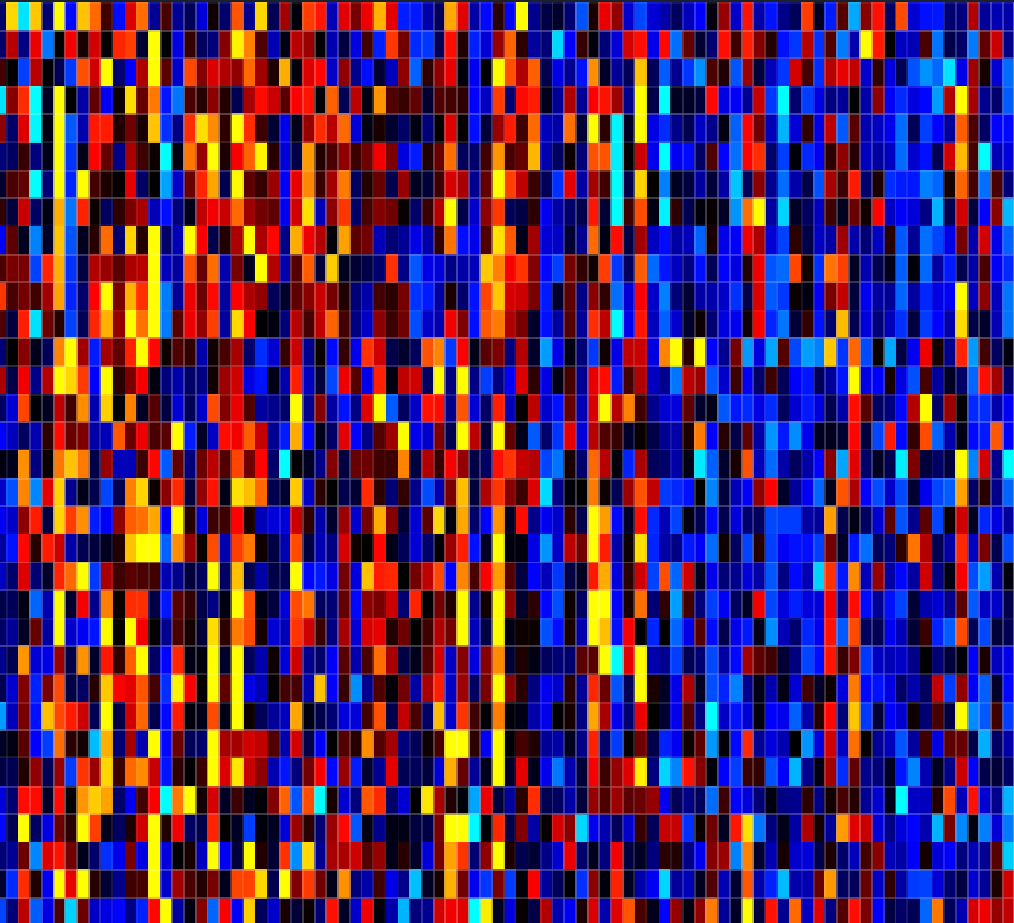Advancing brain health care through the integration of physics-based modeling, clinical data, and engineering technologies

My transdisciplinary research project offers a unique approach to understanding brain physiology and pathophysiology by integrating my expertise in engineering, physics, and neuroscience.
Specifically, my work centers on investigating the mechanical aspects of intracranial vessel pulsation and its impact on brain health. I study how vessel pulsation can damage neurons and vessel walls, and how it affects the transport of nutrients and waste products in the brain. Additionally, I am interested in the interplay between intracranial pulsatility and biological processes that occur during brain ageing, such as vessel wall stiffening, inflammation, or abnormal protein accumulation.
The main application of my research is to develop new diagnostic tools and preventive therapeutic strategies for neurodegenerative diseases, which currently affect over 50 million people worldwide with almost no cure.
Highlights
Effect of intracranial pulsatility on brain clearance
Excitingly, new fluid flow pathways have recently been discovered around blood vessels in the brain. Our research reveals that the pulsatility of these vessels has a significant impact on the transport of brain waste/nutrients through these pathways. This discovery provides a new avenue for understanding the physiology of the brain. Specifically, our findings suggest that a particular wave pattern during sleep may be a critical process for maintaining healthy brain clearance.
Image from Mestre et al.

Fluid - poroelastic interaction modeling
Our research involves developing and validating sophisticated multi-physics and multi-scale modeling tools to describe the coupling between cerebral vessels and the surrounding tissues. In our approach, we represent the brain tissue as a deformable poroelastic medium consisting of solid cells and interstitial fluid. The vascular network is modeled as a series of interconnected 1D pipes. This advanced modeling approach allows us to better understand the complex interactions between blood vessels and brain tissue, which is critical for advancing our understanding of brain function and disease.

New medical technologies to assess brain fluid dynamics in-vivo
We are developing innovative medical technologies that enable the assessment of brain fluid dynamics in vivo, for both diagnostic and patient follow-up purposes. Our goal is to create a suite of tools that integrate compact electronic devices for clinical measurements and Artificial Intelligence algorithms with our physics grounded models. This approach will enable us to more accurately diagnose and monitor pathological brain ageing, ultimately improving patient outcomes.

Biological processes involved in brain fluid dynamics.
Through a collaboration of neurosurgeons, neurologists, radiologists, and physicists, we has demonstrated an association between the mechanical response of the brain to intracranial vessel pulsation and the accumulation of health deficits in older adults with various neuropathologies (see our paper). To better understand the underlying biological mechanisms, we are now leveraging cutting-edge data science technologies, such as unsupervised clustering and neural network modeling, to perform deep proteomics analysis on clinical data. This approach allows us to gain insights into the complex interactions between brain function and brain mechanics.
